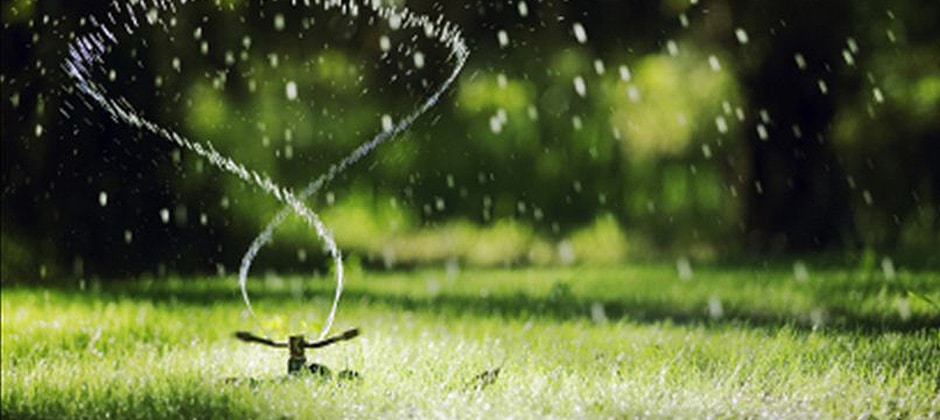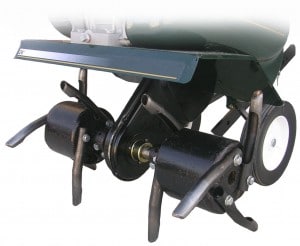Is Lee’s Summit in for a drought with a long, hot, dry summer? No one ever knows the winter before and believe it or not, you can help your lawn survive a drought by following a few basic lawn care practices in between lawn care applications.
How to water your lawn in a drought
Begin training your grass in the spring by watering deeply and as infrequently as possible. Grass roots will go where the water is found. A nice long irrigation will travel further down into the soil profile, roughly 6 inches, versus a light irrigation that may only penetrate the top 1 inch of soil. Water only when the lawn is showing signs that it needs it. Watering too frequently will cause the turf to have a shallow root system where grass that is watered less frequently and longer will help ensure the root system is deeper and more able to the survive hot dry weather.
 Mow your grass at the right mower blade height
Mow your grass at the right mower blade height
I tell my customers to drop their mower height down one time in the spring to mow off the winter brown to ensure a quicker green-up in the spring and then to raise it up to around 3 to 3 1/2 inches after that. Raising the mower height when its gets hot is too late but if it is done early in the season, such as April 1st, the grass will react by sending down deeper roots. The roots grow in direct proportion to your cutting height. The longer the cutting height the deeper the roots. Very little root growth takes place in hot weather like it does
in the cool weather, so train it early on to help your grass survive a drought.
Time your fertilizer
Apply your heaviest amounts of fertilizer in the fall not the spring. In the fall, the grass directs its food usage to the root system to make stronger and deeper roots that will survive summer stress. Higher amounts of fertilizer in the fall helps improve this process. In the spring however, the food or carbohydrates are used for stem growth and to replace foliage removed from mowing and there is little excess food to be stored in the root system. Spring fertilizing does improve the lawns appearance as it thickens and greens up the turf, but too much fertilizer in the spring can actually weaken the root system.
Part of the Turf Solutions lawn program incorporates this strategy for our customers by providing just enough fertilizer in the spring to give the lawn nice color but not compromising the health of the root system.
Aerate your lawn in the fall
Too much thatch in a lawn can cause much needed water to run-off instead of seep in. A lawn with a thick thatch causes the turf to have a shallow root system that cannot survive ongoing dry weather. Aeration also relieves soil compaction allowing for a deeper root growth and better water infiltration. At Turf Solutions, we use a core type aerator that removes long plugs of soil from the ground that are distributed on top of the thatch layer to help break it down naturally.
Following these simple cultural practices in addition to a professional lawn care service to program, will give your lawn a better chance of holding up during the stresses of summer heat and drought. Call or contact us today to schedule a quote or to talk to us about your lawn care challenges.
